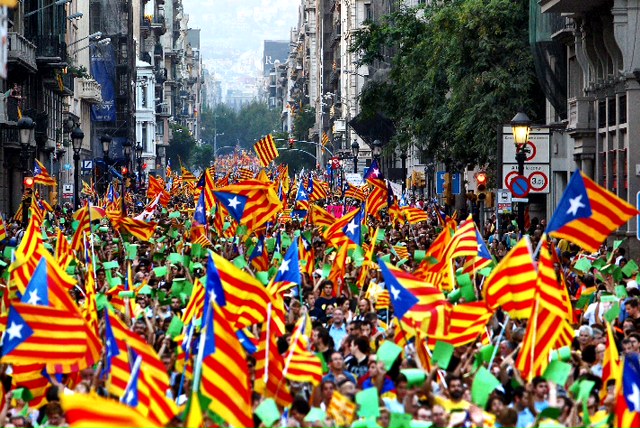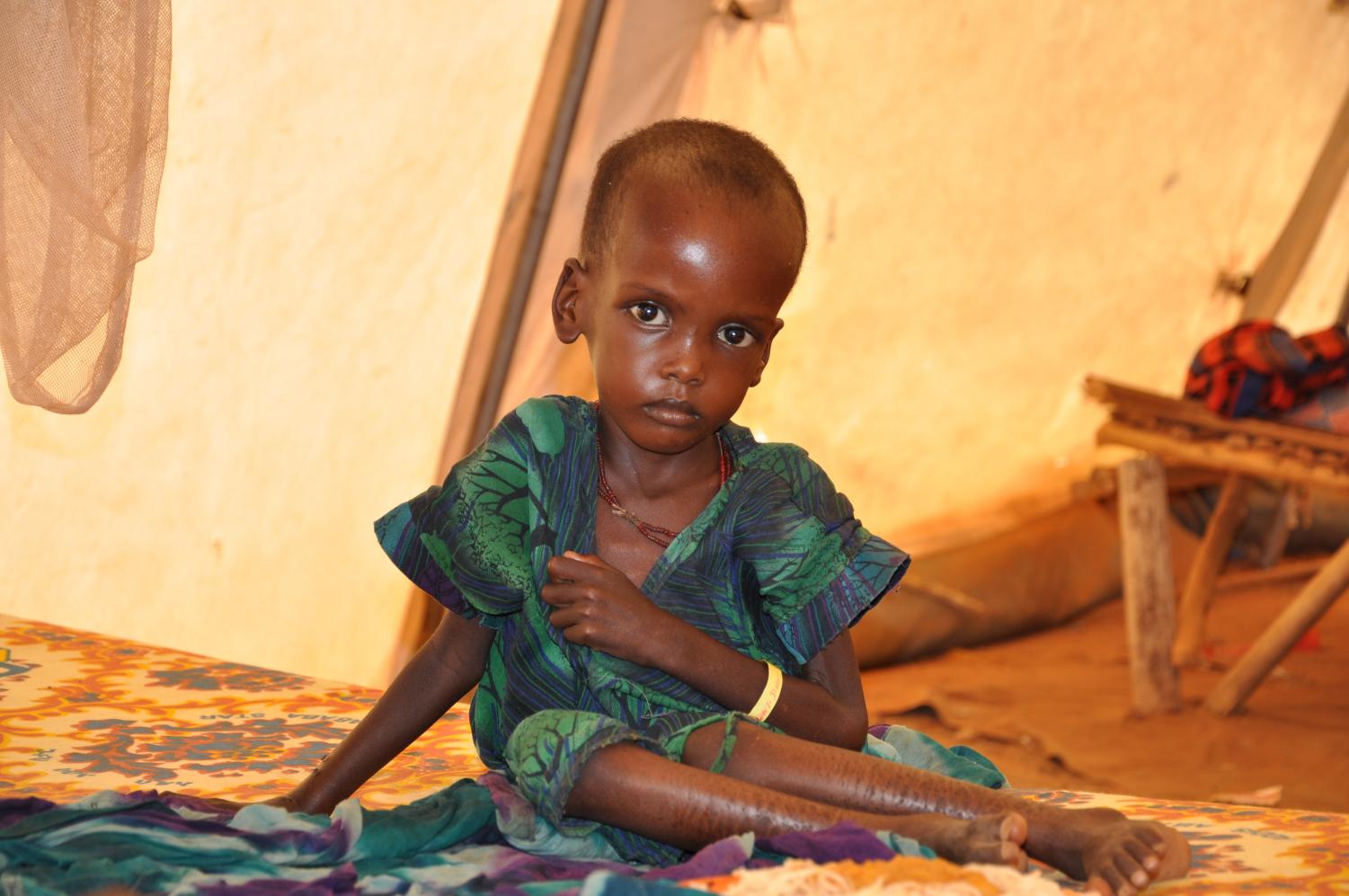What we’re not talking about
Three critical stories of 2017 you need to know — but you might have missed.
January 27, 2018
The cultural genocide in Myanmar
In mere weeks, over 650,000 Rohingya people of Myanmar have fled their homes in response to an attack by Myanmar military and police.
In October 2016, a fringe Rohingya militia group staged an attack on Myanmar border posts. This offensive sparked an all-out persecution of Rohingya people — women, children, and innocent civilians included — that included extrajudicial killings, gang rapes, arson and infanticides. According to a survey done by Doctors Without Borders, these acts of violence — perpetrated by Myanmar state military and police — have led to the deaths of over 9,400 Rohingya people.
Although a comprehensive study of the situation in Myanmar is difficult to conduct at this time, as Myanmar state officials have blocked investigators, it is still clear that an injustice is taking place. In fact, the United Nations’ human rights officials have deemed Myanmar’s treatment of the Rohingya minority as “textbook ethnic cleansing.” This proposition, specifically the “ethnic” component, is supported by the fact that the Muslim-majority Rohingya group is especially susceptible to persecution, because of historic trends in Myanmar. Myanmar is a Buddhist-dominated state, with 88 percent of the population following the religion. The government has not been tolerant of the minorities, such as Muslims, that make up the remaining 12 percent. Most Muslims are prohibited from voting and obtaining citizenship, one of many examples of Myanmar’s discrimination against the Muslim people and why it makes sense that Myanmar may be, in fact, perpetrating an act of “ethnic cleansing.”
Despite the egregious attacks on the Rohingya people, Nobel Peace Prize laureate and State Counsellor Aung San Suu Kyi has failed to condemn the actions by Myanmar state police. Once labeled as Myanmar’s Nelson Mandela, Suu Kyi has now faced a wave of criticism for her inaction in this humanitarian disaster.
Recently, however, it seems as if the worst has passed. Myanmar has allowed the 600,000 refugees to return back to their home-country, and the United States and Myanmar have formed a commission intended to address this pressing human crisis. Although progress — perhaps in the form of restoration — is imminent, the atrocities committed by the Myanmar police and military against hundreds of thousands of innocent civilians will leave a permanent mark on the Rohingya people.
The Catalan Independence Movement
On Oct. 27, 2017, a new nation-state was born. Despite the Spanish court deeming the Catalonia referendum unconstitutional, the Parliament of Catalonia declared a free state unilaterally.
It is safe to say that Catalonia’s mission for autonomy has been met with extreme opposition from the Spanish state. Spain has employed police terror, oppositional constitutional declaration and intervention in polling stations to prevent this independence.
First, it is important to understand that Catalonia began as an independent state, and so reclaiming sovereignty has been a top issue on the agenda since they lost independence in 1150. Additionally, Catalan separatists have cited several other reasons for seceding from Spain. The Catalonia region has consistently been a prominent economic force in Spain, producing a higher per capita GDP than Spain as a whole. In light of the enduring financial crisis that started in Spain in 2008, paired with the notion that the Spanish government has not done enough to combat this, Catalan nationalists feel that they should have the freedom to function independently from the state’s government and economy.
Those advocating for independence argue that Catalonia deviates from Spain not only in relation to economics but in culture as well. Food, music, art, entertainment and language all highlight Catalonia’s differences from Spain, but the most important divergence in culture between Catalonia and Spain is Catalonia’s commitment to ending bullfighting. Spain continues to celebrate bullfighting as a cherished tradition.

A photo from Diada de Catalunya in 2012 shows passions have not cooled in recent years.
Spanish prime minister, Mariano Rajoy, has reaffirmed Spain’s opposition to Catalonia’s mission. Most notably, Rajoy has imposed direct rule on the region, effectively reducing Catalonia to a subjugated region. Article 155 of the 1978 constitution (labeled Spain’s “nuclear option”), which has never been exercised, gives Spain’s federal body the right to “take all measures necessary to compel [a] community to meet [the state’s] obligations.” The implications of this ruling could be quite grave, as the nature of Article 155 involves uncompromising state intervention, and in the case of Catalonia, state intervention that will not be taken lightly by the separatists.
Violence has already been prominent in Catalonia, especially during the referendum vote in which Spanish police reportedly suppressed voters using intimidation and excessive force. Moreover, there have been numerous clashes between police and demonstrators, elevating tensions and strengthening the growing narrative of hostility between the Catalan separatists and the federal government. It’s unclear if rising tensions will spark a civil war in Spain.
The famine in Somalia
The dire state of destitution in Somalia is unprecedented, even compared to the other countless humanitarian crises throughout history. At this moment, more than 10 million Somalis are directly affected by the severe drought in the Horn of Africa and tens of thousands have already died as a result.
Massive aid is still desperately needed, as little has been done to stymie the tsunami of famine that has swept over the state. The crisis has left thousands of civilians in states of extreme thirst, hunger, disease, and chronic fatigue. Children have been most severely impacted, with 363,000 severely undernourished and in need of immediate attention.

A malnourished child in an Medicins Sans Frontieres (Doctors Without Borders) treatment tent in the Dolo Ado camp.
A shortage of water due to extreme drought is the crux of the issue in Somalia. Water shortage leads to thirst, for one, but also causes food scarcity and an increased risk of deadly disease. Hunger and disease is a deadly combination, in addition to a dismal health care system. For example, many Somali people have been struck with starvation and diarrhea simultaneously, a condition that accelerates undernourishment and ultimately leads to death.
For some, this dire situation in Somalia is no surprise. Since the collapse of Somalia’s central government in 1991, there have been over seven periods of food insecurity, which leaves many to wonder whether this trend of malnourishment can be attributed not only to natural causes such as global warming but to bad governance as well. It is true that government instability — including civil war, political upheaval, and terrorism — has been directly correlated with periods of famine and drought like the one seen today.
Fixing the current problem is simple in theory, yet difficult to execute. In 2011, there was another famine in Somalia that led to astronomical amounts of death and damage, mainly on account of a “too little too late” response.
Frighteningly enough, several officials draw parallels between the current situation and the one in 2011, positing that today’s famine may be even worse than the one seven years ago. The current drought affects the entire Somali region, whereas in 2011 only the southern-central sections of Somalia were impacted. This is part of the reason why United Nations is calling the crisis unprecedented. U.N. officials as well as NGO leaders across the globe stress that timeliness of response is crucial in combating this catastrophe when looking at notes from the 2011 famine.

